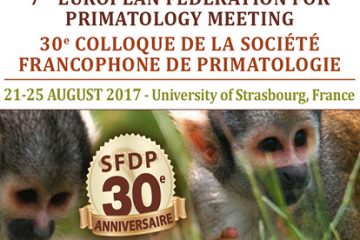
Victor P. Mathis,
Former Fyssen 2017
Science Advances – 2021
https://www.science.org/doi/epdf/10.1126/sciadv.abj2225
Maya Williams, Clementine Fillinger, Paul J. Kenny
Nash Family Department of Neuroscience, Icahn School of Medicine at Mount Sinai, New York 10029, USA
Abstract
How neurons in medial prefrontal cortex (mPFC) broadcast stress-relevant information to subcortical brain sites to regulate cocaine relapse remains unclear. The lateral habenula (LHb) serves as a ‘hub’ to filter and propagate stress and aversion-relevant information in the brain. Here, we show that chemogenetic inhibition of cortical inputs to LHb attenuates relapse-like reinstatement of extinguished cocaine seeking in mice. Using an RNA sequencing-based brain mapping procedure with single cell resolution (MAPseq), we identify networks of cortical neurons that project to LHb then preferentially innervate different downstream brain sites, including the ventral tegmental area, and median raphe nucleus, and locus coeruleus (LC). By employing an intersectional chemogenetics approach, we show that inhibition of cortico-habenular neurons that project to LC, but not to other sites, blocks reinstatement of cocaine seeking. These findings highlight the remarkable complexity of descending cortical inputs to the habenula and identify a cortico-habenulo-hindbrain circuit that regulates cocaine seeking.
Victor Mathis, PhD
Nash Family Department of Neuroscience
Icahn School of Medicine at Mount Sinai
Dr. Victor Mathis is a postdoctoral fellow in the Department of Neuroscience at the Icahn School of Medicine, Mount Sinai, NYC. Dr. Mathis attended the University of Strasbourg, France, where he earned a master’s degree in Neuroscience and cognitive psychology (2013) and also obtained his PhD in Neuroscience (2016). Under the supervision of Dr. L. Lecourtier and Pr. J.C. Cassel, he studied the role of the lateral habenula (LHb) in learning and memory. His work postulates that this brain structure is an interface between cognition and emotion involved in the selection of appropriate behaviors. He further joined Pr. P. Kenny’s team at Mount Sinai, where he has developed a new research project focusing on the role of the LHb in addiction-related behavior. This current work demonstrates that the LHb network, comprising the medial prefrontal cortex and midbrain monoaminergic regions, plays a key role in stress-induced relapse.
This project promises to shed new light on a novel cortico-habenular-midbrain pathway involved in the control of addiction-related behaviors and may identify druggable targets for the development of novel therapeutics to prevent relapse during attempted abstinence.


